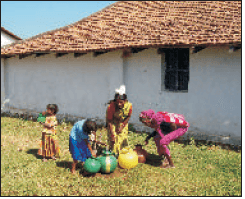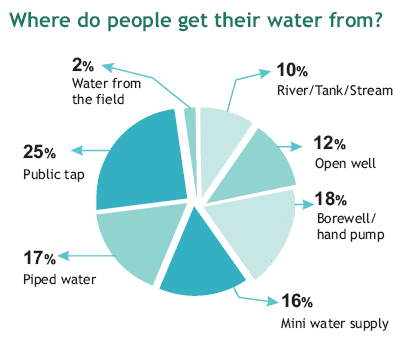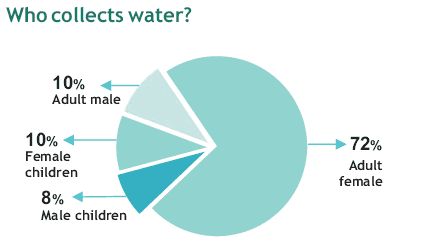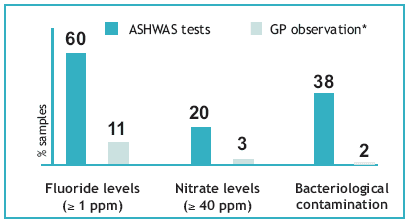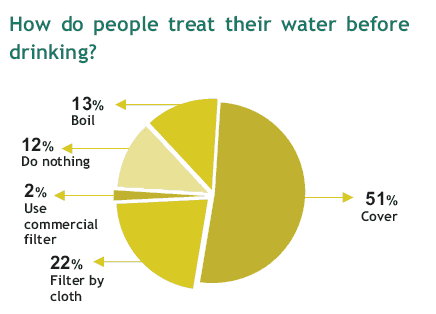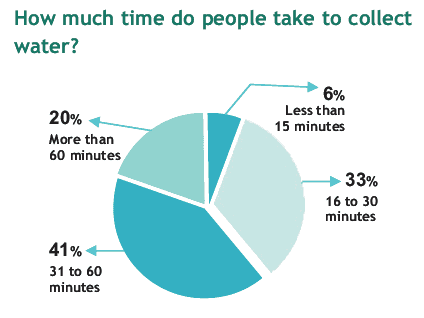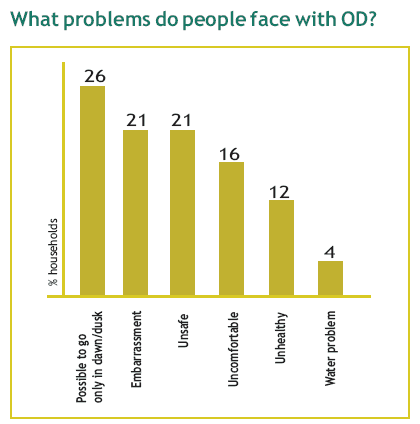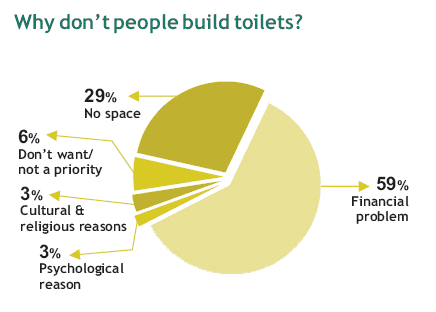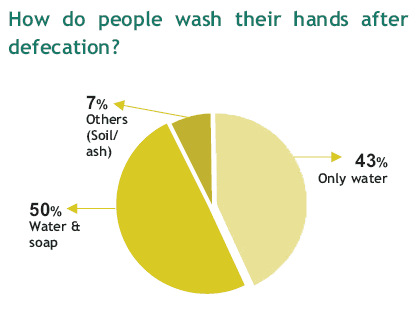Oh Crap! Where's the One Potty Per Household Project?
June 14, 20113 mins[Editor’s Note: Last week, I spent a few hours with the Arghyam management team – Sunita Nadhamuni (CEO) and Vijay Krishna (Director, R&D and head of India Water Portal (one of Arghyam’s key offerings)). Arghyam is an Indian public charitable foundation setup with an endowment from Rohini Nilekani, working in the water and sanitation sector since 2005. Sunita, Vijay and I are collaborators and friends from Silicon Valley during our Rejuvenate India Movement days (circa 1999-2003). This is the first of a multi-part series on Arghyam focusing on ASHWAS. The acronym ASHWAS, which expands to A Survey of Household Water and Sanitation, refers to a participatory survey that covers 28 districts of Karnataka spanning 17,200 households across 172 gram panchayats (GPs) – the only Karnataka district excluded in this study is Bangalore Urban.]
Late last year, the big story making the rounds was that India had more mobile phones than toilets. This was news to everyone except Indians. Then I read somewhere that the Government of India is allegedly spending $350 million a year to build toilets in rural areas. Bindeshwar Pathak, founder of Sulabh Sanitation and Social Reform Movement, estimates that India needs about 120 million more latrines. Atanu Dey, economist and author who blogs at Deesha.org, had the following pithy comment on one of his 2004 posts:
Sanitation and clean drinking water are problems that are real and will have a greater impact on the lives of people in urban and rural India than giving them access to information and installing internet kiosks. If you provide them with just those two, you would improve their lives much more and they will suffer much less from diseases. A glass of clean drinking water will help them more than information on the internet about health. A decent place to crap in would help the women in urban and rural areas more than surfing the world wide web.
Clean drinking water and sanitation are inextricably linked at the hip in most parts of India (rural and urban). The India-level statistics and narrative on clean drinking water and sanitation are scary. Zooming into the statistics for just one state (done by Arghyam via the ASHWAS study), is orders of magnitude more sobering. Arghyam describes the survey as different from conventional surveys in that:
- it is a citizen’s survey in that it places a high premium on the perceptions of the citizens of rural Karnataka.
- an important objective is to go beyond mere extraction of information to the development of a layered analytical process to assess the water, sanitation and hygiene situation at gram panchayat (GP), district and state levels.
Key ASHWAS Findings (Text Version)
(For the graphical version, scroll down just a wee bit.)
-
SANITATION
-
72% of the people defecate in the open with the figure being as high as 98% in Raichur district.
-
Only 50% of respondents claim to use soap while washing their hands after defecation.
-
Many village maps show open defecation areas dangerously close to drinking water sources.
-
80% of those who practice open defecation say they find it inconvenient.
-
Lack of finance is stated as the primary reason for not building toilets.
-
82% of Gram Panchayats reported presence of toilets in all schools but ASHWAS surveyors observed that most toilets are defunct.
-
Only 50% of Panchayats reported the presence of toilets in all anganwadis (government-sponsored child-care centers).
-
Only 42% of households have access to drains in front of their houses, and 50% of drains are not cleaned for 6 months or longer.
-
-
WATER
- 87% of households depend on groundwater.
- 60% of sources tested exceeded 1 ppm (Bureau of Indian Standards norm on permissible fluoride), 20% of sources tested positive for nitrate contamination, while 38% had bacteriological contamination.
- In terms of time taken to collect water, 41% of households take between 30 and 60 minutes per day.
Key ASHWAS Findings (Graphical Version)
